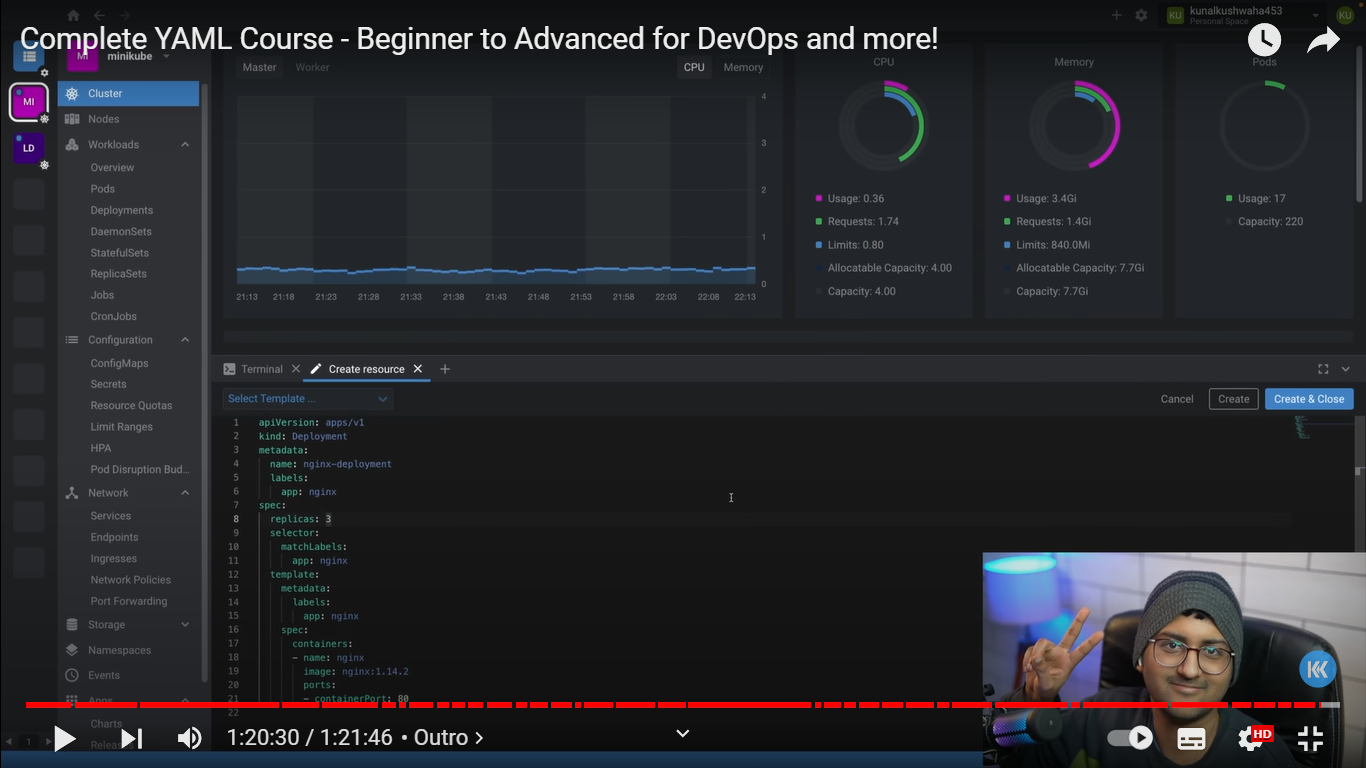Getting Started with YAML: My Learning Experience
 prathu Dwivedi
prathu Dwivedi
Recently, I had the opportunity to dive into YAML, a key technology in DevOps, through Kunal Kushwaha's bootcamp. YAML, short for "YAML Ain't Markup Language," is a human-readable data serialization standard, commonly used for configuration files and data exchange between languages with different data structures.
What is YAML?
YAML is designed to be simple and easy to understand, making it a popular choice for configuration files in various applications. It uses indentation to indicate structure, much like Python, which means no brackets or commas—just clean and readable text.
Why YAML?
The beauty of YAML lies in its simplicity. It’s less verbose compared to XML and JSON, which makes it easier to write and read. In the world of DevOps, YAML is ubiquitous, especially with tools like Kubernetes, Ansible, and Docker, all relying heavily on YAML for their configuration.
My Learning Journey
Learning YAML was a smooth experience, thanks to Kunal Kushwaha’s bootcamp. The bootcamp did a great job of breaking down the concepts and providing practical examples that clarified how YAML works in real-world scenarios. Here’s a brief overview of what I learned:
Basic Syntax: Understanding how to structure data using key-value pairs, lists, and nested data structures.
Data Types: Exploring different data types in YAML, such as strings, numbers, booleans, and nulls.
Comments: Learning how to include comments in YAML files using the
#symbol.Advanced Features: Delving into more complex features like anchors, references, and merging data.
Practical Application
After getting a grip on the basics, I practiced by writing configuration files for a simple application. This hands-on approach reinforced the concepts and demonstrated how YAML makes configuration management more efficient.
Key Takeaways
Readability: YAML is straightforward and user-friendly.
Flexibility: It supports a wide range of data types and structures.
Widespread Use: YAML is an industry standard, especially in DevOps and CI/CD pipelines.
Conclusion
Learning YAML has been a rewarding experience, and I’m excited to apply this knowledge in my DevOps journey. Whether you're configuring a Kubernetes cluster or setting up an Ansible playbook, YAML is an indispensable tool that makes complex configurations manageable.
Subscribe to my newsletter
Read articles from prathu Dwivedi directly inside your inbox. Subscribe to the newsletter, and don't miss out.
Written by
